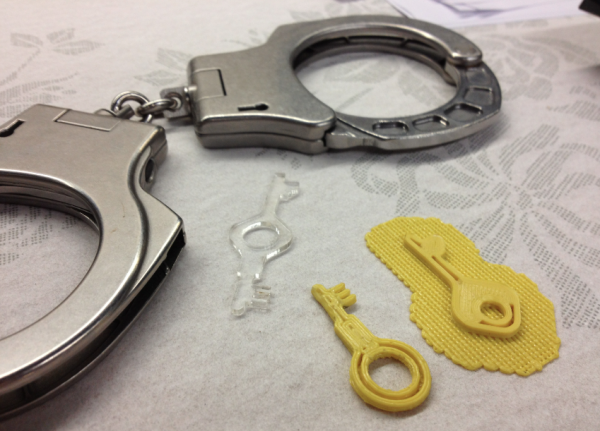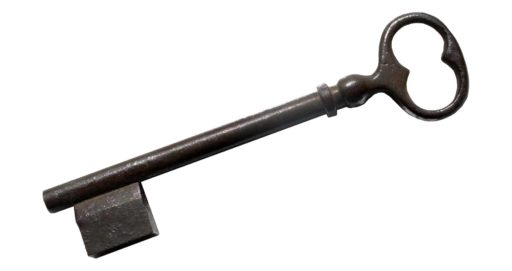High-security handcuffs are usually high-security simply because they can’t be opened with any other keys and their own keys are available only with the law-enforcement authorities. However, 3D-printing has posed a huge dilemma to this mode of security. Because virtually anyone, with access to one of the keys can then create exact duplicates using 3D printing.
This was demonstrated by a German hacker and security consultant at the Hackers on Planet Earth Conference. Ray, the nick name by which he is known, brought two handcuffs from two very well-known handcuff vendors. One was from the German firm Bonowi. And the other was made by English company Chubb.
Both these companies make the keys to their handcuffs available only to law-enforcement authorities. The problem with most of the standard handcuff vendors is that any of their keys will open any handcuffs.
In light of this, Ray said, “Police need to know that every new handcuff they buy has a key that can be reproduced. Until every handcuff has a different key, they can be copied.” Ray further said that he was able to acquire keys from both Chubb and Bonowi and that after creating a CAD model of them, he printed out their exact plexiglass replicas. With the help of these plexiglass versions, he was able to open the handcuffs with perfect ease and convenience.
In case of such handcuffs which have stronger internal springs, an attendee at the workshop suggested that instead of Plexiglass, Lexan can be used which is a stronger material and can overcome these internal springs.
Ray believed that by demonstrating this, he was simply bringing to public the vulnerabilities in common handcuff security mechanism. He said, “If someone is planning a prison or court escape, he can do it without our help. We’re just making everyone aware, both the hackers and the police.”
Source: Forbes
[ttjad keyword=”chrome-laptop”]



